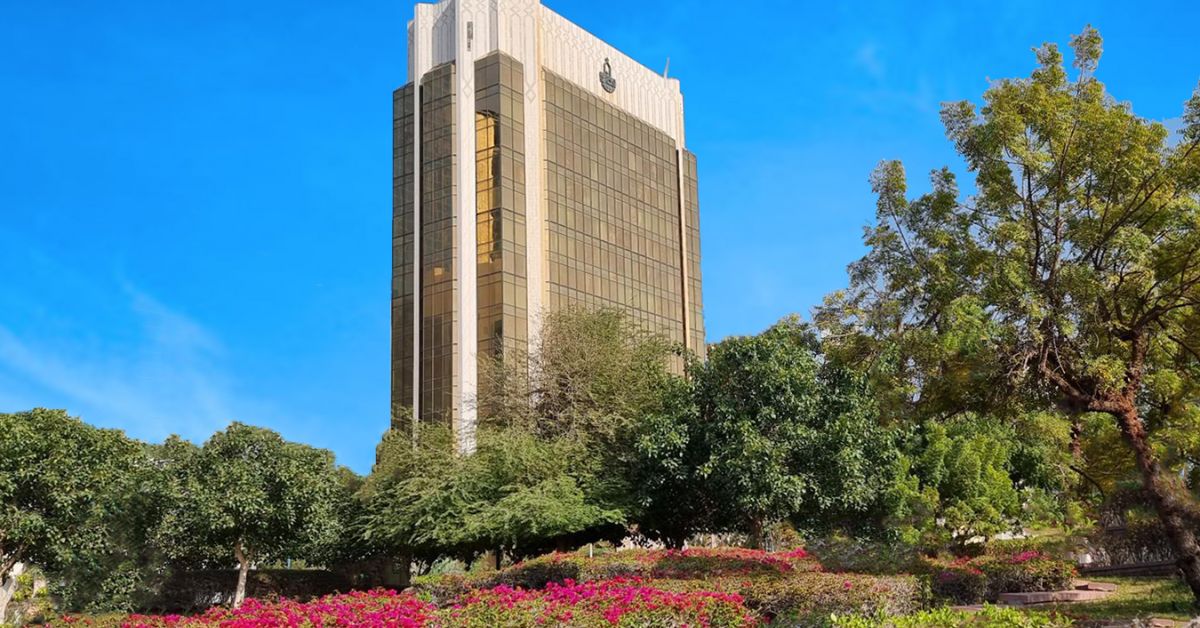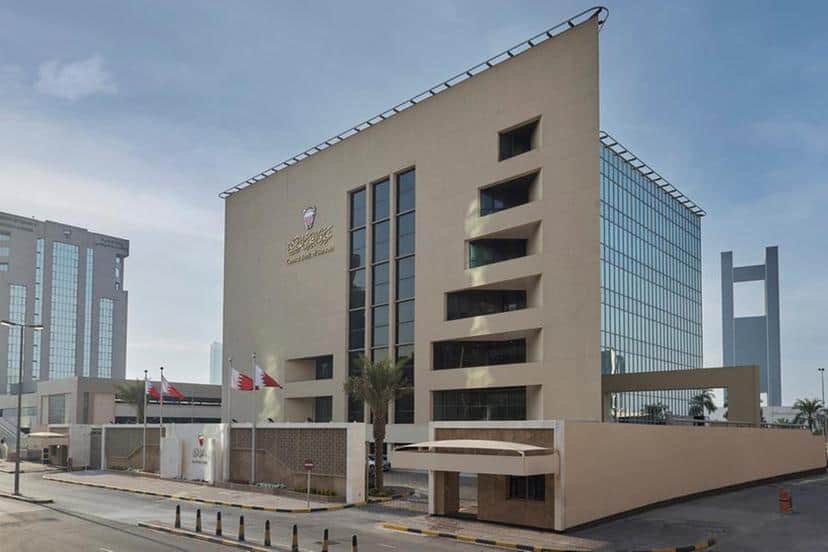ABU DHABI — The public finance sector in Arab countries has undergone several significant developments in recent years. These developments have been driven by several factors, including the rise in oil prices and the COVID-19 pandemic.
According to the Arab Monetary Fund (AMF), there has been an evolution in public expenditures and revenues as a percentage of GDP from 2016 to 2022. In 2021, the volume of public spending increased by about 1.9 percentage points compared to 2020, as a result of government policies to mitigate the effects of the Covid-19 pandemic.
In 2022, public revenues and public expenditures as a percentage of GDP began to fall by 3.4 and 7.7 percentage points, respectively, compared to 2021. This decline was due to the rise in global, regional, and local inflation rates brought on by current developments.
The public budget deficit decreased as a result, falling from 6.7 percent in 2021 to 2.1 percent in 2022. Several reforms on both the public revenue and expenditure sides and the diversification of public revenue sources are also credited with decreasing the public budget deficit as a percentage of GDP.
In recent years, the government has successfully controlled deficit rates in Saudi Arabia, gradually reducing them from 12.8 percent of GDP in 2016 to 2.3 percent in 2021. As a result, budget surpluses of about 2.5 percent of GDP were achieved starting in 2022, with the expectation of continuing to achieve budget surpluses in the medium term in accordance with financial planning objectives and economic sustainability indicators.
Arab world's public finance at a glance * Public spending increased by 1.9 percentage points in 2021 compared to 2020. * In 2022, public revenues and expenditures fell by 3.4 and 7.7 percentage points, respectively, compared to 2021. * Public budget deficit decreased from 6.7% in 2021 to 2.1% in 2022. * Deficit rates in Saudi Arabia reduced from 12.8% of GDP in 2016 to 2.3% in 2021. * Budget surpluses of about 2.5% of GDP achieved in Saudi Arabia starting in 2022. * Public debt expected to reach 24.0% of GDP by 2022 AD. * Bahrain recorded surpluses of 39 and 71 million Bahraini dinars in Q2 and Q3 of 2022, respectively. * Bahrain recorded a deficit of 214 million Bahraini dinars in Q4 of 2022. * Bahrain's total public debt reached BD 16,729 million at the end of Q4 2022, a decrease of 0.8% from Q4 2021. * Bahrain's public debt to total GDP fell to 100% at the end of 2022, down from 115% at the end of 2021.
Despite budget surpluses, the government planned to continue local and international borrowing operations to pay off principal debt due in 2023 and the medium term and take advantage of market opportunities to proactively implement additional financing operations to pay off principal debt and finance strategic projects.
Alternative government financing operations are being implemented to finance transformational capital projects, infrastructure spending, and market opportunities. Thus, public debt is expected to reach 24.0 percent of GDP by 2022 and remain there in the medium term.
In Bahrain, surpluses of 39 and 71 million Bahraini dinars were recorded in the second and third quarters of 2022, respectively. However, the general budget balance recorded a deficit of 214 million Bahraini dinars in the fourth quarter of 2022.
In terms of total public debt, the general level changed during 2022, reaching BD 16,729 million at the end of the fourth quarter of 2022, a decrease of 0.8 percent from the fourth quarter of 2021. Also, the public debt to total GDP fell by about one percentage point to reach 100 percent by the end of 2022, down from 115 percent at the end of 2021.
Central banks’ priorities
Given the current circumstances, marked by a combination of inflationary pressures and tight monetary policies that put downward pressure on economic growth, public fiscal policy can play an essential role in stabilizing the economy, controlling inflation, and promoting sustainable development.
In such cases, the primary objectives of these policies should be to reduce inflationary pressures, maintain macroeconomic stability, and support long-term economic growth.

According to the AMF report, the government can influence aggregate economic demand by using fiscal policy tools such as adjusting government spending and taxes. For example, by cutting government spending or raising taxes, the government can reduce aggregate demand and thus help control inflation. Higher interest rates can increase the burden of the government’s debt service.
In such cases, the government can prioritize effective debt management by refinancing existing debt at lower interest rates, extending debt maturities, and diversifying the investor base. It can also implement structural reforms to increase productivity, diversify the economy, and address supply-side constraints. These reforms include infrastructure investments, education, research and development, and market liberalization measures.
Fiscal policies can help protect vulnerable populations from the negative effects of high inflation and high-interest rates by providing targeted subsidies, conditional cash transfers, or other forms of social assistance at the level of social safety nets.
Finally, fiscal policies can be coordinated with monetary policies through close collaboration between the government and the Central Bank, improving macroeconomic stability. The aforementioned financial policies must take into account the circumstances of Arab countries, including available fiscal space, debt size, economic structure, exchange systems, and other factors.
Regarding monetary policy management and exchange rate reforms in 2023 and 2024, reform efforts will concentrate on developing the framework and tools for managing monetary policy, strengthening the target range for exchange rates, and controlling inflation rates.

